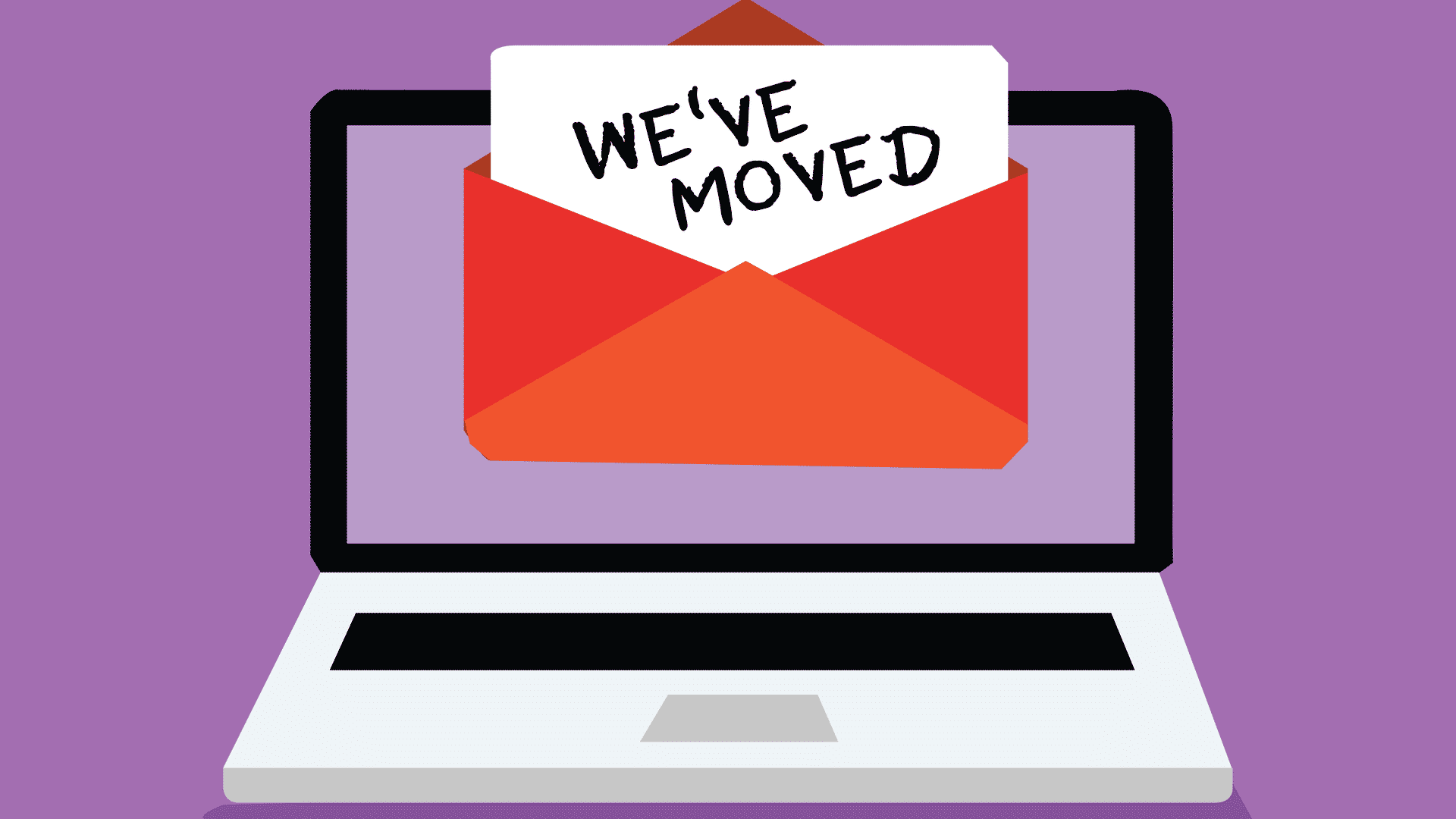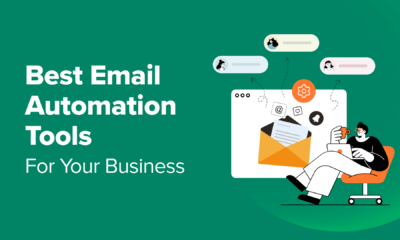Back in July, I packed up my house and moved everything to my new place. Moving is always a slog, but I’ve done it so often that I can do it on autopilot: Throw this out, pack that, sell what’s too good to pitch but not needed in the new place. After 17 moves, I have it down to a science.
Fast-forward to today. I’m here in my new office, and I see more moving going on out there. But this time, I’m seeing companies moving to new email service providers (ESPs).
It’s as if the marketing pressures inspired by COVID-19 exposed serious tech limitations. The same way workers discovered how rotten their jobs were, leading to the Great Resignation in 2021.
Some companies will pack up all their virtual boxes and move their data and operations over to the new vendor on their own. But just as people call in a moving service to do the heavy lifting, many companies will turn to a third party to help them make the switch while maintaining their business operations.
This move makes sense for many reasons:
- Everyone involved in the technology is already working 80% to 90% of their time on what they were hired to do. They have little to no time to take on a move of such major proportions.
- People don’t know what they don’t know. I learned how to move households because I’ve done it 17 times before. But imagine how confusing and overwhelming it would be if it were your first time! Companies aren’t trained to move the bulk of their email operations to a new provider.
- Moving to a new vendor is a complex process. Think about what you have to move over: All your subscriber data. Every open, click and unsubscribe for the last year or more. It involves all of your data integrations, every campaign report, every automation and more.
- On top of moving everything over, you must maintain documentation and redundancy to ensure you haven’t left anything behind. Once the old vendor turns off the platform, whatever data is left on the old platform is gone.
- There’s so much at stake. Managing the moving process can be an anxious time for the in-house team. It doesn’t matter how great your new ESP will be. If it gets set up wrong in the move, you don’t have time to re-architect it.
Five tactics for a smoother tech migration
Right now, I’m in the thick of helping a client move its complex email programs to a new vendor, and it inspired me to list the factors that can spell the difference between migration success and failure.
1. Develop a custom migration plan.
Your customers’ buying motivations, your brand equity, your email program’s cadence, content, treatment, segmentation and messaging complexity – they all make your business unique. Managing that migration should also reflect your unique business needs when migrating from one platform to another.
This custom migration solution will fit your company structure and business practices, such as whether you rely on list-based campaigns or pull data from CDPs or CRMs to create custom messaging.
There might be a common way of transferring data and operations from one platform to another, but when you have a custom plan, it will ensure that you migrate systematically, as if you were building on an assembly line.
This plan also considers factors beyond the tech transfer itself, such as your unique company culture, corporate politics and responsibility layers and processes within the company.
2. Have your C-level executives endorse your migration.
I can’t tell you how many times I’ve worked on platform migrations without official C-level support. The migrations still happened, but they took twice as long.
That’s why you need a mandate from your C-suite that says, in essence, “We’re moving platforms, and you need to buckle up and get with the program.”
This is not a get-out-of-jail-free card or permission to do whatever you want in the transition. You still have to follow a plan. But it gives you an organizational structure and reporting to follow.
You don’t have to put up with foot-dragging or justification conversations that sap your energy and drag out the migration when you have C-level support.
3. Establish priority for the migration work.
Migrations aren’t easy. They take extra time, require cross-functional coordination and can’t be done well by people already at 80% of utilized time.
For the company, the priority usually comes down to business as usual – and rightly so, because that’s where you make money. You’ll need to figure out how your tech project fits in.
Distraction is the biggest liability in a migration. Companies that use outside services recognize that businesses have to operate during the migration, and these external service providers reduce the time taken away from business as usual.
That makes it more feasible to ask someone who has maybe 20% of the time to work on specific aspects of the migration in spurts. We learned in the Great Resignation that employees are tired of working 80 or 90 hours a week with no additional support.
If you expect your employees to bear the migration workload on top of their regular work, you might push them beyond their boundaries.
4. Establish your own migration priorities and get help.
Most vendor changes I’ve been involved with have happened because the service or platform degraded or the company’s goals didn’t match the SAAS provider’s technical capabilities.
You went through an RFP, you evaluated what the ESP brings to the table and you selected a winner. Now your priority has to be moving to this new platform because time is of the essence.
You don’t have years to move your data and operations to the new platform. If your company has complex data, integrations, messaging programs and the like, the migration could take a year or more, especially at enterprise-level companies. If you take too long, you’ll lose your technological advantage.
Besides having C-level support for your migration, you also need to say at your divisional or local level, “I’m holding back time from other work and giving it to this project. And I’m going to think about my marketing innovation in terms of what that platform can enable.”
So, have an external partner to lean on during your migration and help you understand what’s possible with the new platform. And that means doing an audit.
5. Audit your existing programs.
A platform migration is the perfect opportunity to look under the hood of your email programs and look for ways to improve them. When you move your operations over, you have to physically set up your program again, whether it’s a welcome or promotional email, automation, a segmentation plan or data integration.
You’re replicating your operations, but you also can improve them. In many migrations, that’s when audits happen. It’s the perfect opportunity to look for ways to do things differently, update your emails to meet brand standards, look for efficiencies or update static templates to make them modular.
Migration is more than just moving your program from one platform to another. It’s a systematic approach to improving your program. You might as well fix things while the hood is open through program audits, CRM audits and anything else that can help you improve.
You don’t buy a new car because it has all the same features as your old car. You buy it because it’s better than the car you have now and you intend to take advantage of those new features. In the same way, you don’t move your email program to a new vendor platform and then do email the same old way. Your audit will help you understand where you are now and how you can use your new capabilities to do email better.
From my days with ESPs over the last 20 years, I’ve seen firsthand that clients use only about 20% to 30% of their ESPs’ functionality. A migration is all about maximizing the technology that mesmerized you during your demos and ensuring you update your programs!
Wrapping up
Migrations are a pain whether you run a basic email program or a complex one. I’ve been through the same pain many times. But I was smart enough to recognize I needed help each time because they were just too much to handle on my own.
That’s why I wrote this piece: for companies to understand a tech migration just does not need to be that hard. Working with an experienced tech partner can help you get the greatest gain from the immediate pain.
The longer you’re in the transition period from one platform to another, the longer you have to wait to use the important features you were looking for in a new platform. You’ll wait longer to reap the financial benefits, too.
Opinions expressed in this article are those of the guest author and not necessarily MarTech. Staff authors are listed here.













![How to Create A Website to Sell Products In 8 Steps [+6 Expert Tips] How to Create A Website to Sell Products In 8 Steps [+6 Expert Tips]](https://articles.entireweb.com/wp-content/uploads/2024/10/1727868370_How-to-Create-A-Website-to-Sell-Products-In-8.webp-400x240.webp)
![How to Create A Website to Sell Products In 8 Steps [+6 Expert Tips] How to Create A Website to Sell Products In 8 Steps [+6 Expert Tips]](https://articles.entireweb.com/wp-content/uploads/2024/10/1727868370_How-to-Create-A-Website-to-Sell-Products-In-8.webp-80x80.webp)






You must be logged in to post a comment Login